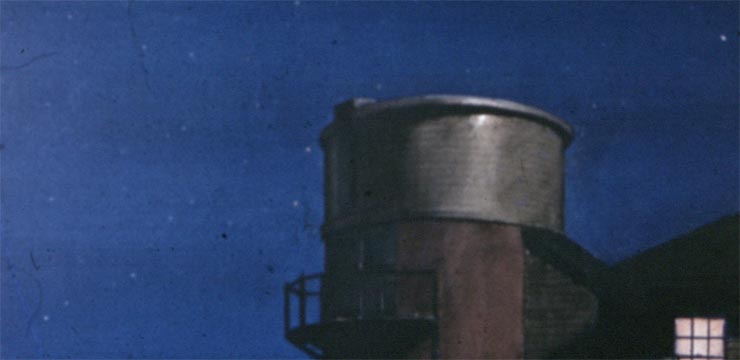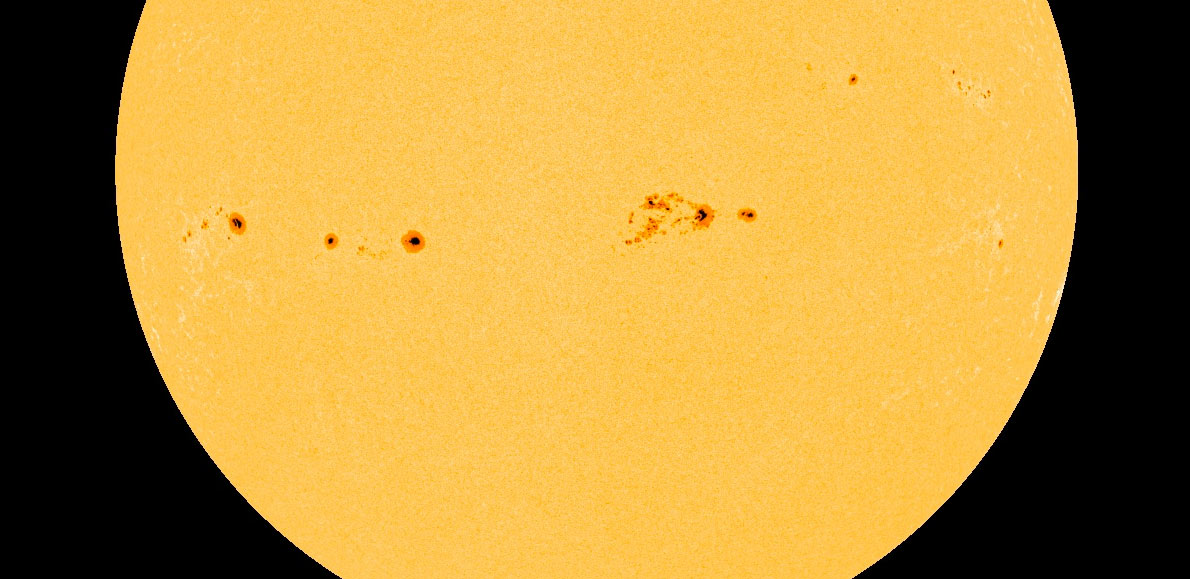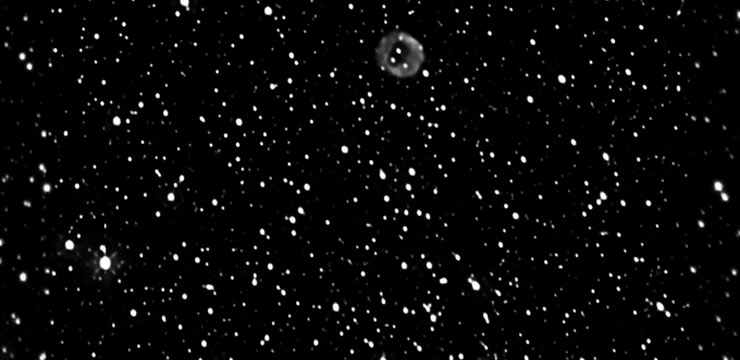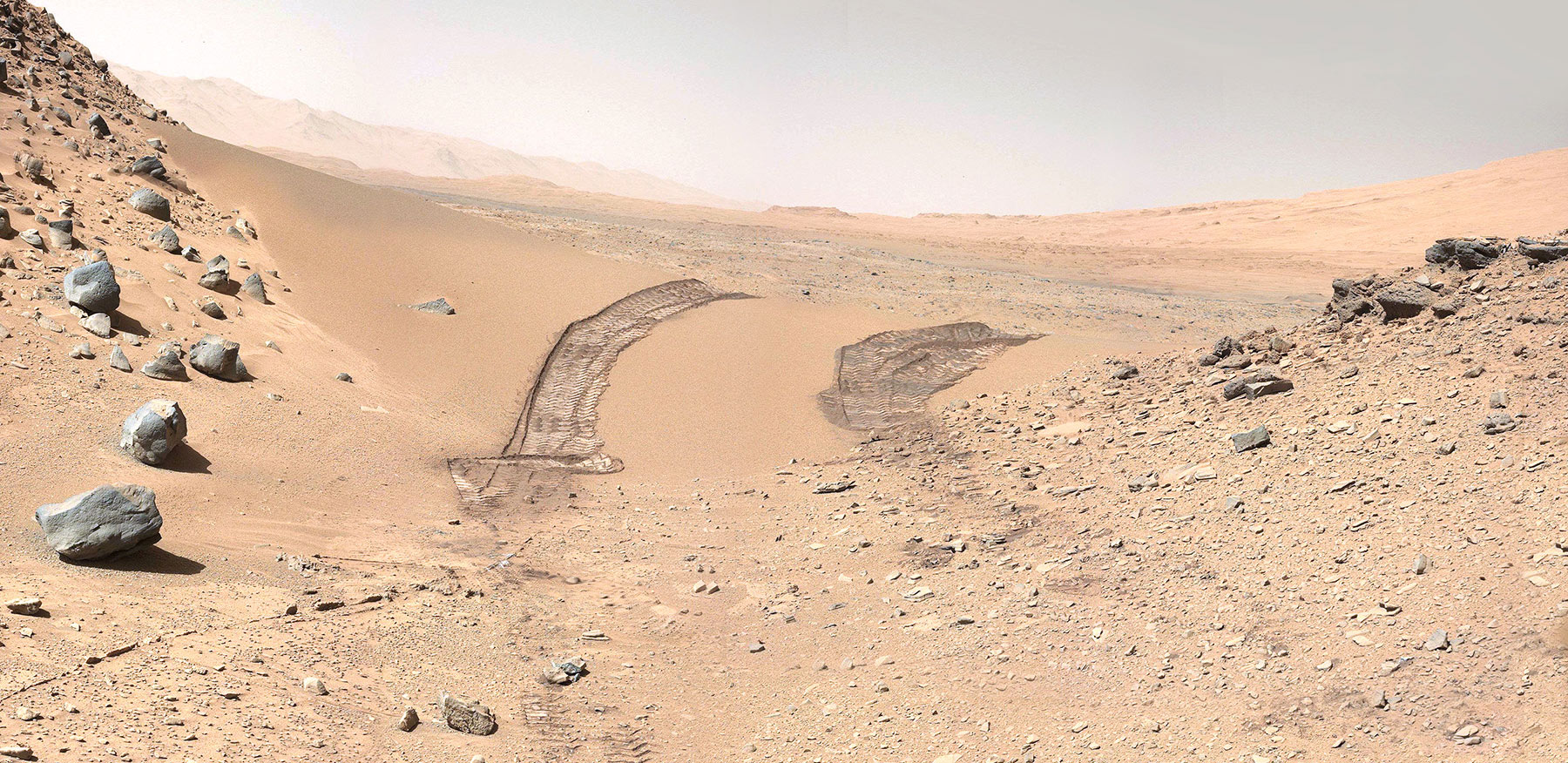March 2014
Observing the Early Universe with Gamma Ray Bursts
Adria UpdikeIf you would like to bring a dessert to share, please contact Kathy Siok prior to the meeting.
Bring your Astronomical Photos to Display
Dr. Adria Updike
Gamma ray busts (GRBs), the death throes of the most massive stars, are the brightest explosions in the universe. These unique events give us a brief glimpse into early galaxies otherwise invisible to even the most sensitive telescopes, and allow us to attempt to figure out the star formation history of these galaxies through the dust and gas visible along the line of sight to the GRB. Dr. Updike will talk about her observations of GRBs with NASA's Swift satellite and observatories in Arizona and Chile.
Dr. Updike earned her Ph.D. in Physics from Clemson University in 2010 for her dissertation Gamma Ray Bursts as Probes of Dust in the Evolving Universe. She spent a year as a postdoctoral researcher in the Observational Cosmology Lab at NASA's Goddard Space Flight Center working with Dr. Eli Dwek before accepting a Visiting Professor of Physics and Astronomy position at Dickinson College. She began teaching at Roger Williams University in the fall of 2012 as an Assistant Professor of Physics.
Her research interests are in the field of astrophysics, primarily gamma ray bursts (massive, exploding stars), supernovae (slight smaller exploding stars), classical novae (the entire star didn't explode this time), chemical evolution (dust production and destruction by evolving stars), and dust production in young stars. She works with telescopes to take data (remotely working with telescopes in Arizona and Chile through collaborations with Clemson University and the SARA consortium, working on-site with telescopes in Chile with the Max Planck Institute), does data reduction and analysis, and also writes computer simulations of the systems she studies. She has several RWU students working with her on data analysis and instrumentation.


2014 Season Opener & Mars Viewing

Science Teachers Sunspot Count Challenge
: By Dave Huestis
M46 & NGC 2438
: By Glenn Chaple



